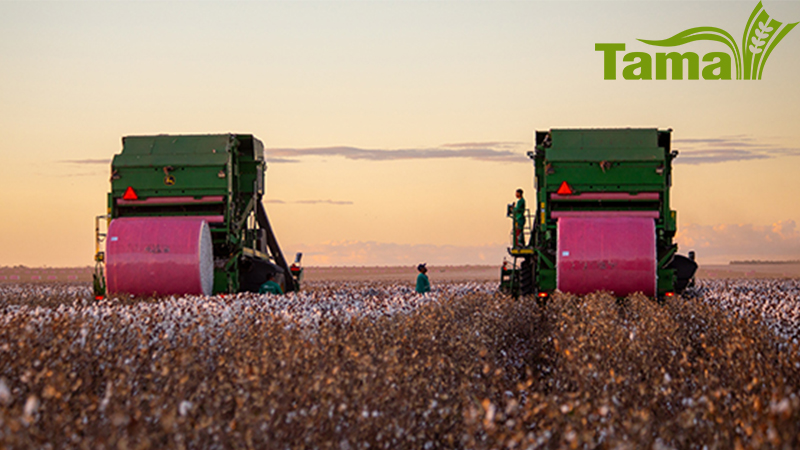Market Watching June Acreage Report for Direction
Make it two consecutive weeks for cotton to sink lower as the July first notice has arrived. December fell below 79 cents. This downward path is consistent with an expected cycle low for the late June/early July period. Yet, demand is still extremely weak, despite tries to sugarcoat any market news with an “improving economy” comment.
Such is not the case, although one might rightfully argue that most of the aggressive economic bleeding has been abated. Inflation is still a fundamental problem. Further, interest rates will continue to creep higher, consumer debt is record high, and Congress just cannot seem to curb its drunken spending.
These symptoms will continue to plague the demand for cotton.
We still hold with the prospect that conditions will improve late in the first quarter or the second quarter of 2024. The December contract will be the kingpin for a few months, and Mother Nature will dictate price direction. The supply side of the price equation is all that matters for now.
Look for December to trade within its very wide range of 75 to 88/90 cents. The 88-cent mark looks to be the point of major resistance. But if it can do 88 cents, then it can do 90 cents – at least from the perspective of a trading range. With the December contract in the 70s, upward pressure should be expected in the short run. However, any price rally will find it difficult climbing first above 82 cents and then above 84 cents.
The June planted acreage report will be released June 30. Expectations are that cotton planted acreage will not reach the 11.3 million acres suggested in the March planting intentions report. Southeast and Mid-South plantings appear to be below intentions. Additionally, while the Southwest did receive widespread and very adequate rains, it is likely that acreage will also be below intentions.
My estimate is that plantings will be closer to 10.8 million acres. Price ratios when planting decisions were made called for plantings of only 9.6-10.0 million acres. The USDA estimate of 2023 production totaling 16.5 million bales should not be discounted (my estimate has been 17 million, as I feel the seed genetics continue to push yields). Yet, any decline in plantings could drop the crop as low as 16 million bales.
The market must wait out the month of July, as good moisture and strong heat units could push the crop to record yields, despite the slow start many have experienced. Just never say never to a cotton plant that has water and heat. Weather in July will be the primary determinant of the size of the U.S.
Export sales were excellent as China looked to rebuild its stockpile of cotton held in its commodity reserve program. China is expected to continue to be an excellent buyer of all growths, including Australian and Brazilian.
Forthcoming sales of all growths will be substantial for two reasons. First, China will reduce its plantings in 2023 and will need more imports. Further, the market is somewhat flooded with ample stocks of high quality, relatively low-priced Australian and Brazilian stocks. The bargain prices will attract plenty of buyers.
However, demand is only in the exceedingly early stage of showing any improvement. Most mills – particularly in the textile rich countries of India, Bangladesh, and Central Asia – are running on very thin margins as yarn demand has evidenced only very slight improvement.
The U.S. and world consumer must drive the economic engine for apparel demand, and that growth simply has not begun. Consumer debt has taken the consumer out of any serious apparel shopping mode.
The path of least resistance for December futures is higher. Yet, gains will be limited to 2-4 cents. The market will begin to view crop progress as an important metric in the price decision.
Give a gift of cotton today.








